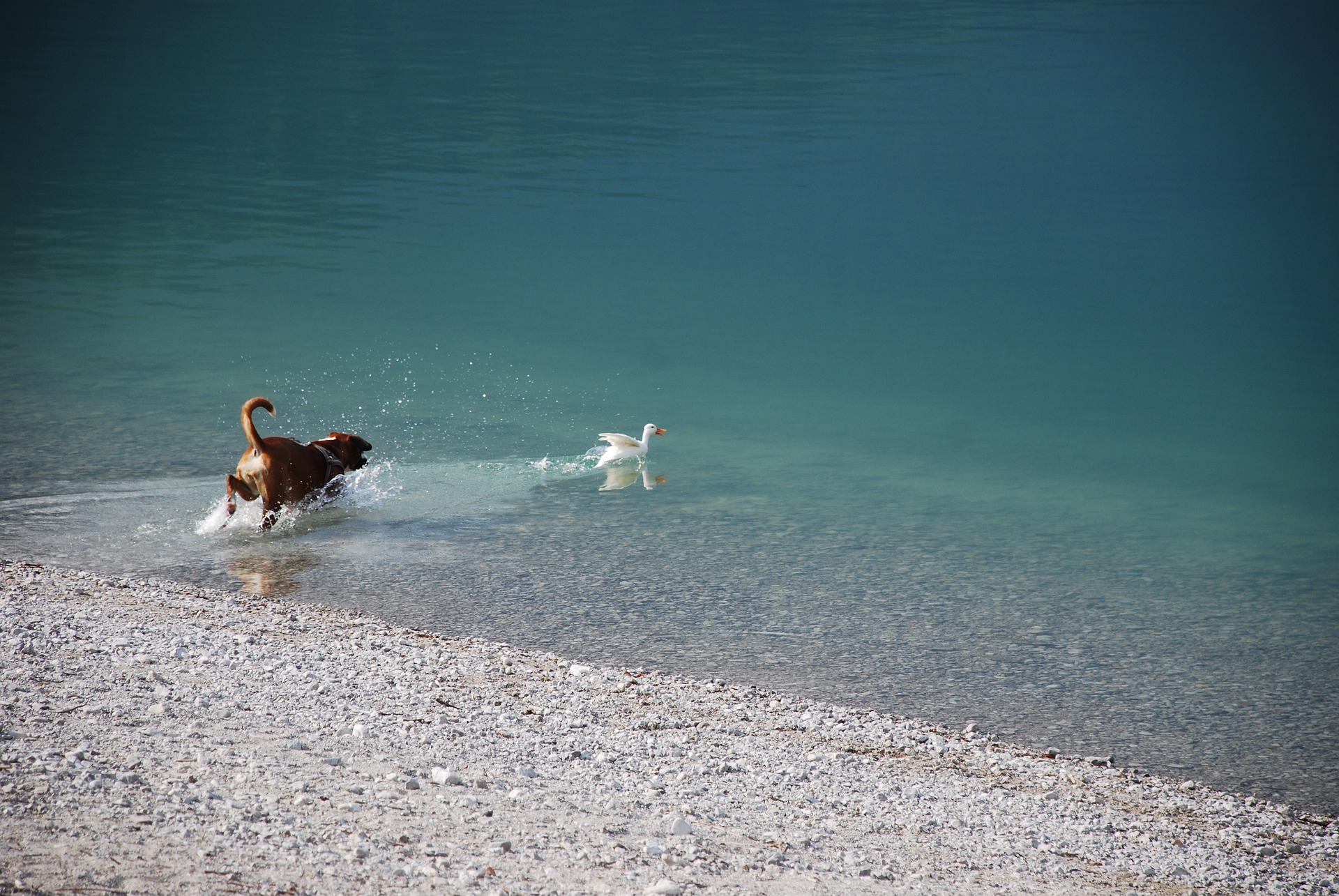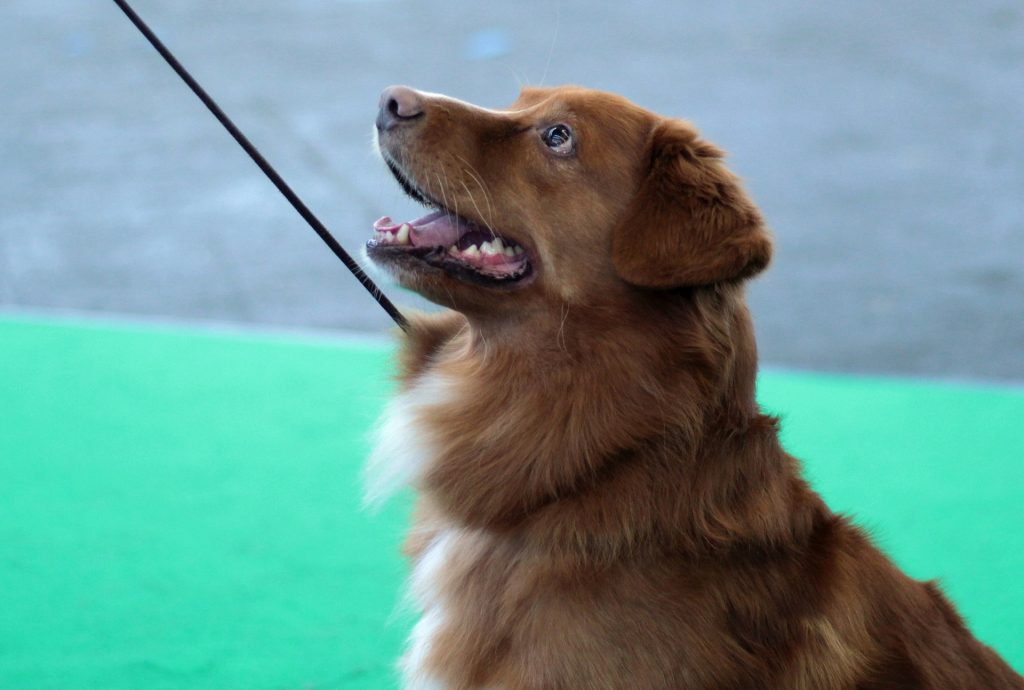The right way of a successful duck dog Training calls for anticipating all potential hunting situations and then recreating them in a controlled environment.
You start this, of course, after basic obedience has already been covered (sit, stay, come, heel). Once a foundation of proper obedience has been built, then it’s time to think about avoiding the most common pitfalls.
Table of Contents
Duck Dog Training
No one understands these better than DeadFowl Trainer creator and retriever-training guru, Tom Dokken. Here are eight common mistakes duck-dog trainers make and how you can avoid them, according to Dokken.
1. Make Him Weapon-Shy
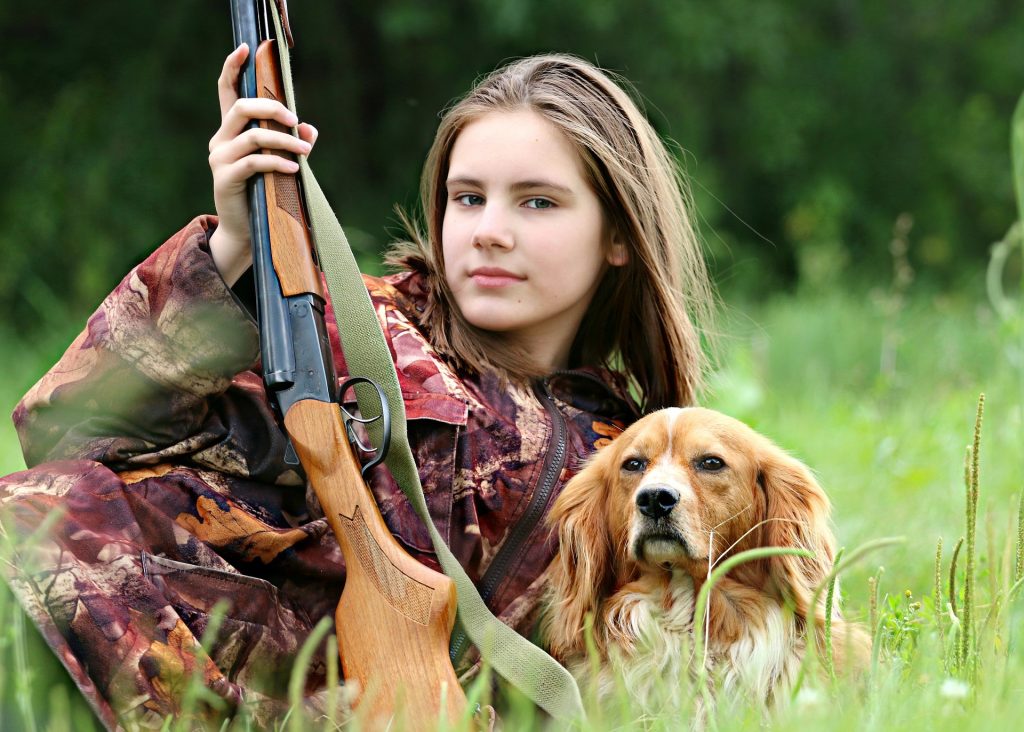
“All hunting-related training starts with proper weaponry introduction and there is no way to more quickly ruin a dog than rushing this step,” Dokken says. “Ninety-nine percent of the time weapon-shyness is not curable, so you’ve got to plan for positive reinforcement and gradual exposure to a weapon fire. It takes me two weeks of multiple drills a day to get a dog comfortable with weapon-fire.
Plan to start with a .22 and shoot from a good distance away from the puppy before working closer. Eventually, you can repeat the process with another weapon, when the dog proves he is ready. This is not a weekend project.”
2. Force Him to Swim
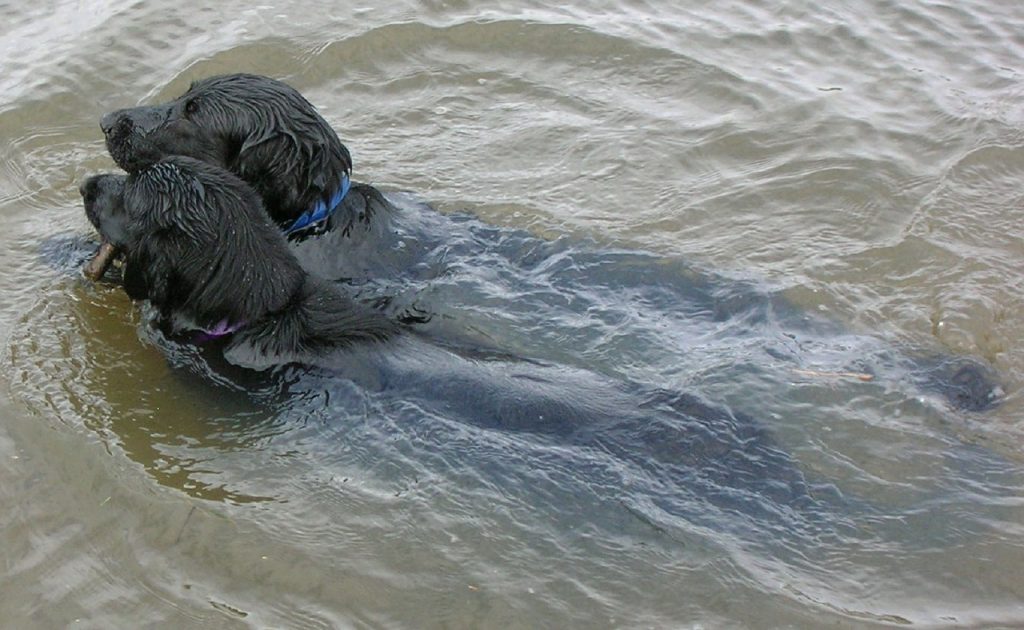
According to Dokken, the second best way to mess up a promising pup is to force him into the water. “I’ve seen people push dogs off of docks or send them into cold, deep water before they were ready. This is a bad idea. Even Labs, which take to water like otters, need a controlled introduction, especially youngsters. Find a lake or pond with a hard bottom and very shallow, warm water. Coax the dog in so that it doesn’t have to swim at first. Build his confidence before ever expecting him to go more than belly-deep. This step, done right, doesn’t take long with good dogs, but it is absolutely necessary.”
3. Fake Him Out on Dekes
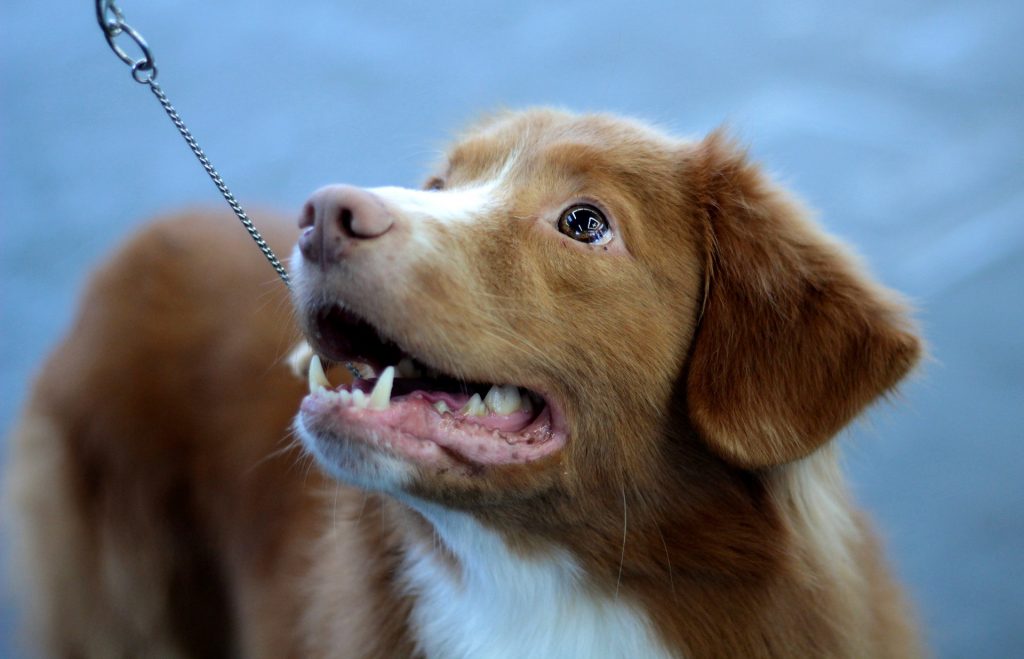
Nearly all waterfowl hunters employ decoys, and if your dog isn’t used to them a pleasant morning in the blind can turn into a blood-pressure redlining disaster. “You shouldn’t expect a dog to understand what a decoy is, or watch you toss a bunch of decoys into the water without reacting. He will want to retrieve them. Dogs can also get tangled up in the lines and start to panic. Avoid both by doing a simple decoy walkthrough on land at first, then toss a dummy into a mix of decoys. Eventually, you can move the fakes to the water’s edge and allow your dog to retrieve through the spread. After that, move the decoys out deeper and repeat.”
4. Let Him Rock the Boat
Nothing is more frustrating than a poorly behaved dog in a flat-bottom boat. Nothing. This is why Dokken goes through an extensive process for teaching his retrievers how to operate out of a boat. “You can’t expect a dog that has never been in a boat to understand how to suddenly sit calmly and then conduct a blind retrieve on a wounded greenhead. Doesn’t happen. I like to use a flat-bottom boat on land to allow a dog to start to become comfortable with boats. Retrieving drills that begin and end in the boat establish a base. Eventually, the boat goes into the water for more drills.”
5. Allow Him to Break
According to Dokken, the number-one problem with waterfowl dogs is steadiness to shot. “Steadiness is the cornerstone of a solid bird dog, but it is also a necessity for keeping dogs safe while hunting. You do not want a dog that will jump out of the boat when someone touches off a shot, especially if there is a crippled bird on the water. Training for steadiness is an everyday affair and can be as simple as making a dog wait until you release him to eat, or to go through a door. From those easy lessons, work on the dog so that he’ll only break when you release him, no matter what temptations he has.”
6. Don’t Train for Crippled Birds
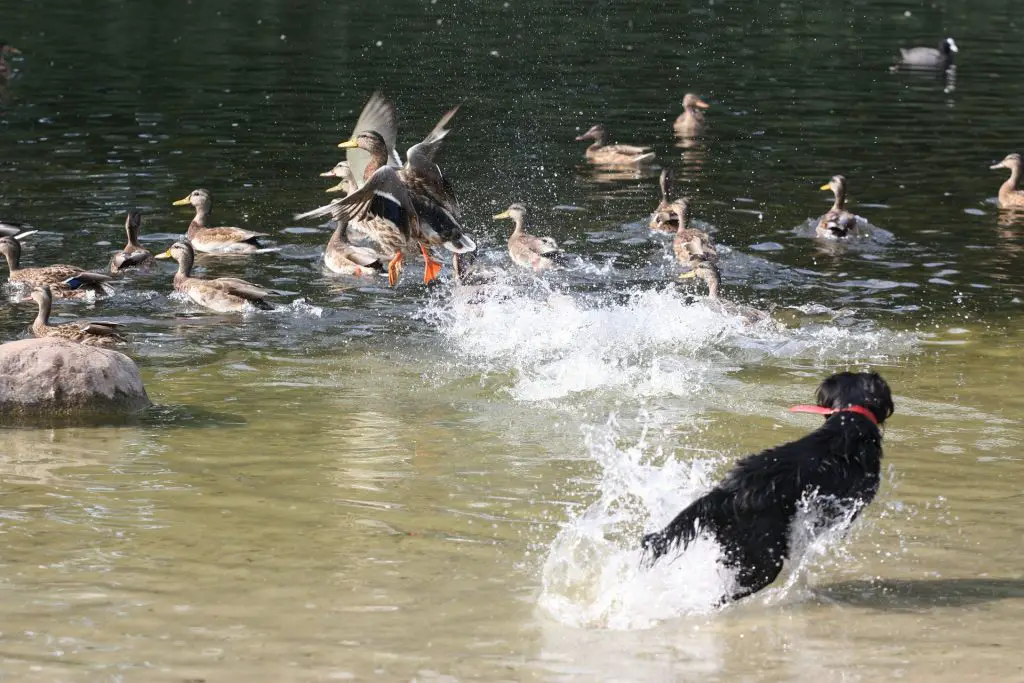
Dokken was too humble to say this in the interview, so I will: the best way to train for crippled birds is to use his Dokken Diver. Picture a small dummy that can be attached to a stout fishing rod and worked like a shallow diving crankbait. You use it to teach a duck dog that some ducks will dive and swim away. When the dummy disappears, the dog will immediately swim as high in the water column as possible and start looking. Snap the rod tip and the dummy floats free to be retrieved. I used this on my Lab for an entire summer and I’m not sure who enjoyed the training sessions more. Better yet, now she’s hell on wounded ducks.
7. Surprise Him with a Follow-up Shot
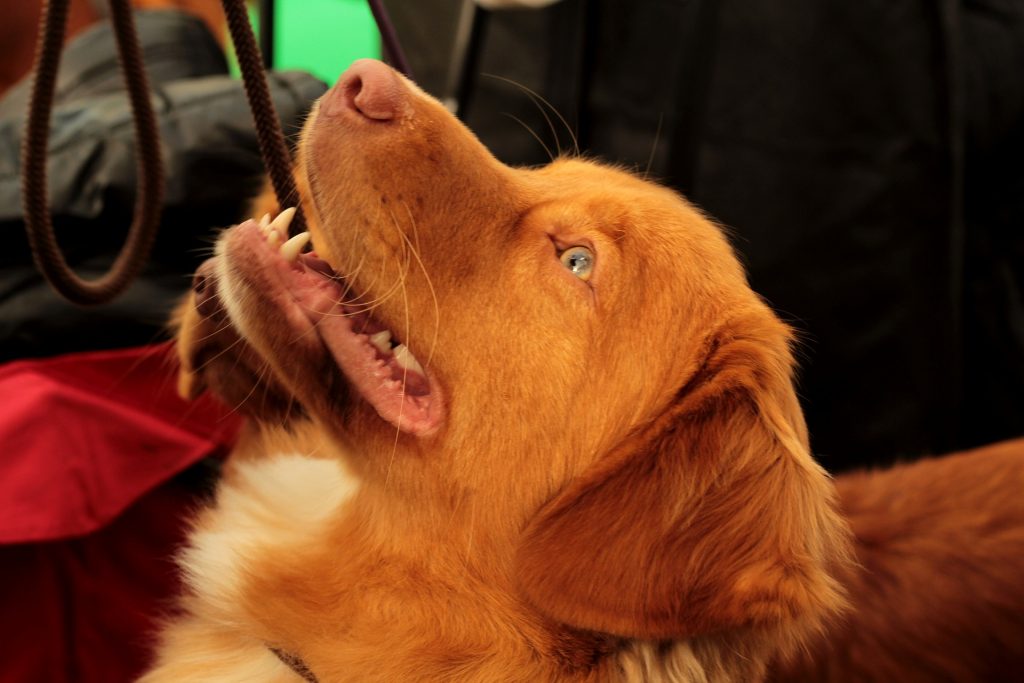
When you’re talking wounded ducks, Dokken cautions that it’s not enough to teach a dog to keep up with a swimmer. It’s also necessary to teach a dog that you might shoot over his head while he’s swimming to dispatch a lively one. “Two things people do wrong when it comes to cripples are not teaching a dog that a shot might come from behind him, and that when it does he needs to stay on task. The other is that when you’re hunting with a buddy or two, you need to establish one shooter for all cripples for obvious safety reasons. If it’s my dog, then I’m the shooter and that’s the end of it.”
8. Send Him on Geese Before He’s Ready
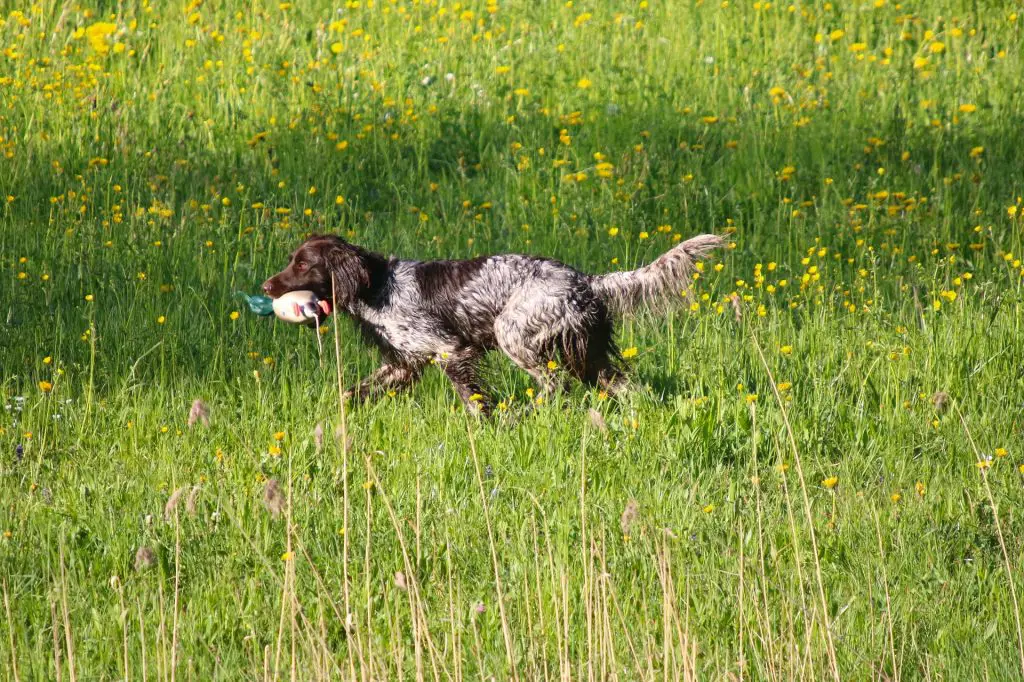
I had spent a few days letting my 60-pound Lab retrieve a full-sized goose DeadFowl Trainer before taking her honker hunting, and she still looked at the first real goose like I was asking her to swim back with a mid-sized SUV in her teeth. When it comes to retrieving geese, Dokken explains it simply by saying, “You have to train a dog to retrieve a heavy, cumbersome bird that might fight back. This starts with big dummies and confidence building retrieves. If your dog can handle a full-sized dummy, he’ll be able to handle a real honker. If not, he’s not ready to hunt them.”
To achieve your goal try as hard as you can to avoid these 8 ways and learn the right ways of a great successful duck dog training, you would also like to read about some apps that would help you in training your dog

